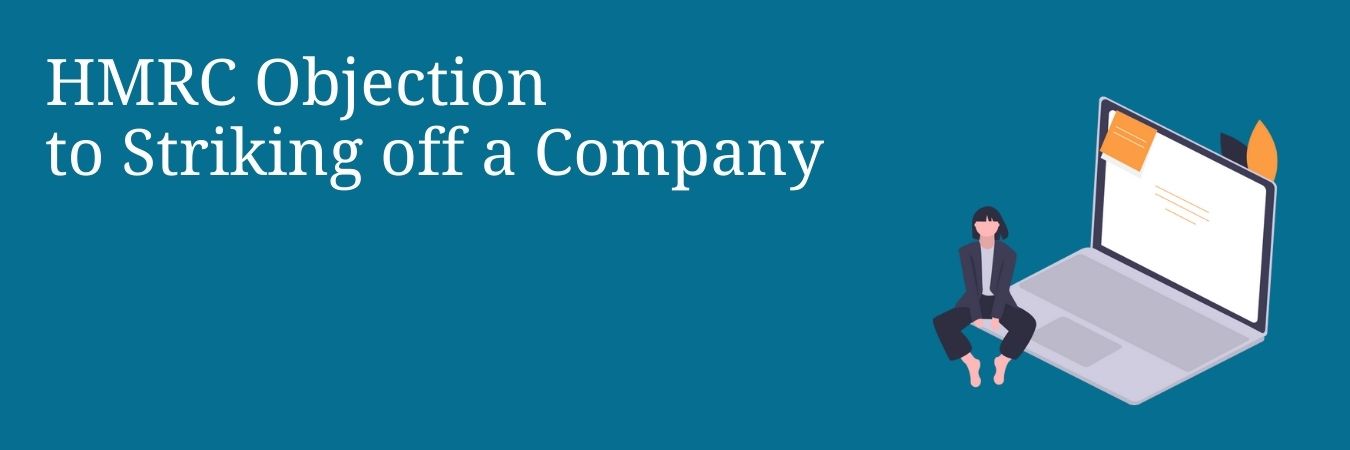In-depth Insights into Compulsory Strike Off Procedures
In-depth Insights into Compulsory Strike Off Procedures
Blog Article
A Comprehensive Guide to the Compulsory Strike Off Procedure in Corporate Governance
The mandatory strike off procedure, a vital component in corporate governance, serves as a system to enforce conformity and keep the honesty of the service environment. As companies develop and circumstances adjustment, the need to strike off a firm may emerge for numerous factors.
Reasons for Compulsory Strike Off
What situations cause the need of a required strike off in business governance? There are several vital reasons that might motivate the initiation of a compulsory strike off procedure for a firm. One common scenario is when a firm fails to abide by its statutory obligations, such as sending monetary statements or yearly returns to the pertinent authorities. Non-compliance with regulatory needs can raise issues regarding the firm's procedures and financial health, resulting in the choice to strike off the company from the register.
Additionally, firms that have actually ceased trading or are no more performing any kind of business activities might also encounter mandatory strike off. This might be due to bankruptcy, mergers, or simply a decision to end up the business. In such situations, maintaining the business on the register would certainly offer no purpose and could potentially create confusion among stakeholders.
Eventually, the requirement of a mandatory strike off in company governance emerges when a company is no more running in conformity with the regulation or has actually ended up being obsolete, demanding its removal from the authorities records.
Legal Effects and Dangers
Given the circumstances that trigger a required strike off in business governance, it is necessary to recognize the lawful implications and threats linked with such actions. When a company is struck off the main register, it stops to exist as a lawful entity.
Moreover, there are lawful repercussions for people associated with the administration of a company that has been forcibly struck off. They might be invalidated from acting as supervisors in the future, face fines, or even jail time if transgression or illegal activities are discovered. Additionally, the reputational damage from a required strike off can have long-term results on individuals and their ability to participate in future business ventures. Understanding these lawful effects and dangers is critical for all stakeholders associated with the corporate governance process to ensure and browse potential pitfalls compliance with the law.
Steps in the Strike Off Refine
Starting the obligatory strike off process in company governance involves a collection of recommended steps detailed by regulative authorities. The initial step typically calls for the business to send a formal application or alert to the appropriate federal government firm or registrar signaling its intent to be struck off the official register. Subsequently, the firm is typically called for to settle any kind of exceptional obligations, financial debts, or taxes to make certain compliance with governing demands.
Once the first documents is submitted and financial obligations are fulfilled, the regulative body will certainly publish a notification in the official gazette or a similar publication to notify stakeholders about the upcoming strike off. This notice functions as a last chance for any kind of interested events to raise arguments or present legitimate reasons that the business ought to not be dissolved.
Following the magazine of the notice, the regulatory authority will wage the strike off procedure if no substantial arguments or challenges emerge. The company will after that be formally liquified, and its name will certainly be eliminated from the register, effectively noting the conclusion of the mandatory strike off treatment in business administration.
Files Required for Strike Off
In compliance with regulative standards, particular documents has to be provided to assist in the strike off process in company administration. The called for files commonly include an official application for strike off, which needs to be completed accurately and sent to the pertinent governing authority. Furthermore, monetary statements, such as the business's latest annual report, have to be consisted of to make certain that all economic commitments have actually been settled before starting the strike off procedure. A declaration of solvency or a declaration confirming that the business has no exceptional obligations is typically mandated to demonstrate that the entity can be dissolved without check my source triggering injury to its lenders. Moreover, any type of needed approvals from investors or board participants should be documented and confined with the application. It is necessary to make sure that all the requisite paperwork is diligently ready and submitted based on the prescribed guidelines to expedite the strike off process efficiently. Failure to provide the required paperwork may result in delays or issues in the dissolution of the company.
Post-Strike Off Considerations and commitments

Another vital post-strike off factor to consider is visite site the potential for the company to be brought back to the register. The process for remediation should be meticulously complied with to make sure compliance with lawful requirements if there is a requirement to revitalize the firm after strike off. Failing to resolve post-strike off obligations can lead to potential legal consequences for investors and supervisors. It is important to vigilantly manage these responsibilities to preserve good corporate administration practices.
Final Thought

There are numerous vital reasons that may prompt the initiation of an obligatory strike off procedure for a firm. Non-compliance with regulatory requirements can elevate worries concerning the firm's operations and economic health, leading to the decision to strike off the company from the register.
Furthermore, business that have discontinued trading or are no longer lugging out any type of business activities might also face compulsory strike off. If there is a need to revive the business after strike off, the process for remediation should be very carefully complied with to make sure compliance with legal demands.In conclusion, the mandatory strike off procedure in corporate governance offers as a needed mechanism to eliminate inoperative firms from the register.
Report this page